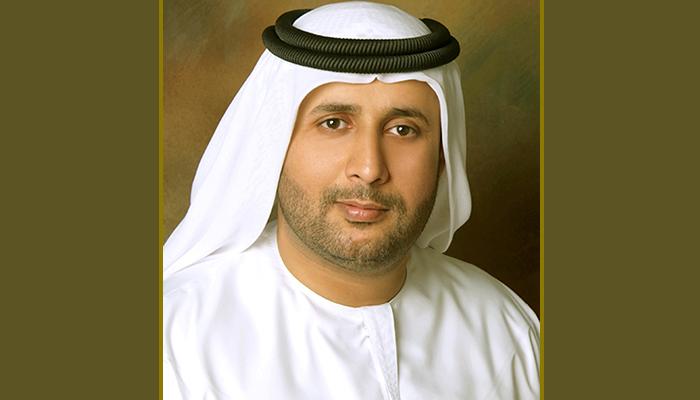
Additional 75.5 million sqft were added to district cooling systems in Middle East in 2014
According to the latest International District Energy Association (IDEA)’s report on growth in District Energy, the Middle East region recorded the addition of additional 75,459,748 sqft to district cooling systems in 2014.
Emirates Central Cooling Systems Corporation (EMPOWER), theworld’s largest district cooling services provider,says these figuresreflect the remarkable growth and huge potential for the district cooling sector in the years to come.
“The sector is going from strength to strength, thanks to its competitive characteristics that make it the best alternative to conventional environment-depleting district cooling,”emphasisedHEAhmad Bin Shafar, Chief Executive Officer of Empower.
According to statistics, district cooling uses 40-50% less energy than traditional air conditioning systems, which can account for as much as 70% of a building's electricity bill.
Outside North America, the running total for served building space added since 2004 amounted to 1,218,325,278 sq ft. according to IDEA’s recent report.
“The Gulf’s understanding and interest in the efficiencies of District Coolingare stronger than other regions with hot weather that require all-season chilling,” says HE Ahmad Bin Shafar, Chief Executive Officer of Empower. “It is no wonder that this industry is flourishing across the Gulfbringing with it a whole package of sustainability features and cost effectiveness to providers and end-users.”
According to Bin Shafar, the District Cooling industry has emerged as the ideal option for air conditioning in the Middle East due to a variety of factors, such as low noise, less prone to breakdowns and minimalmaintenance.
“The evidence of anupward Gulf trend toward District Cooling is a positive sign and will ensure better service to people with less harm to natural resources. The use of less fresh water, minimised energy consumption and round the clock service make District Cooling the best of known alternatives,” added Bin Shafar.
The recent developments will further raise District Cooling's importance in the drive towards a sustainable and energy efficient future, according to Bin Shafar. “The Middle East will continue to invest in this field for years to come. We are confident the region willrecord more impressive growth in the upcoming IDEA annual reports,” said Bin Shafar.
Since 1990, IDEA has polled its member district energy systems to report the number of buildings and their area in square feet that have been committed or connected to district energy service in the previous calendar year. IDEA compiles this information as well as the thermal energy services provided (heating, cooling, domestic hot water, laundry, ice-making, process heat, etc.) in its annual publication District Energy Space.


























